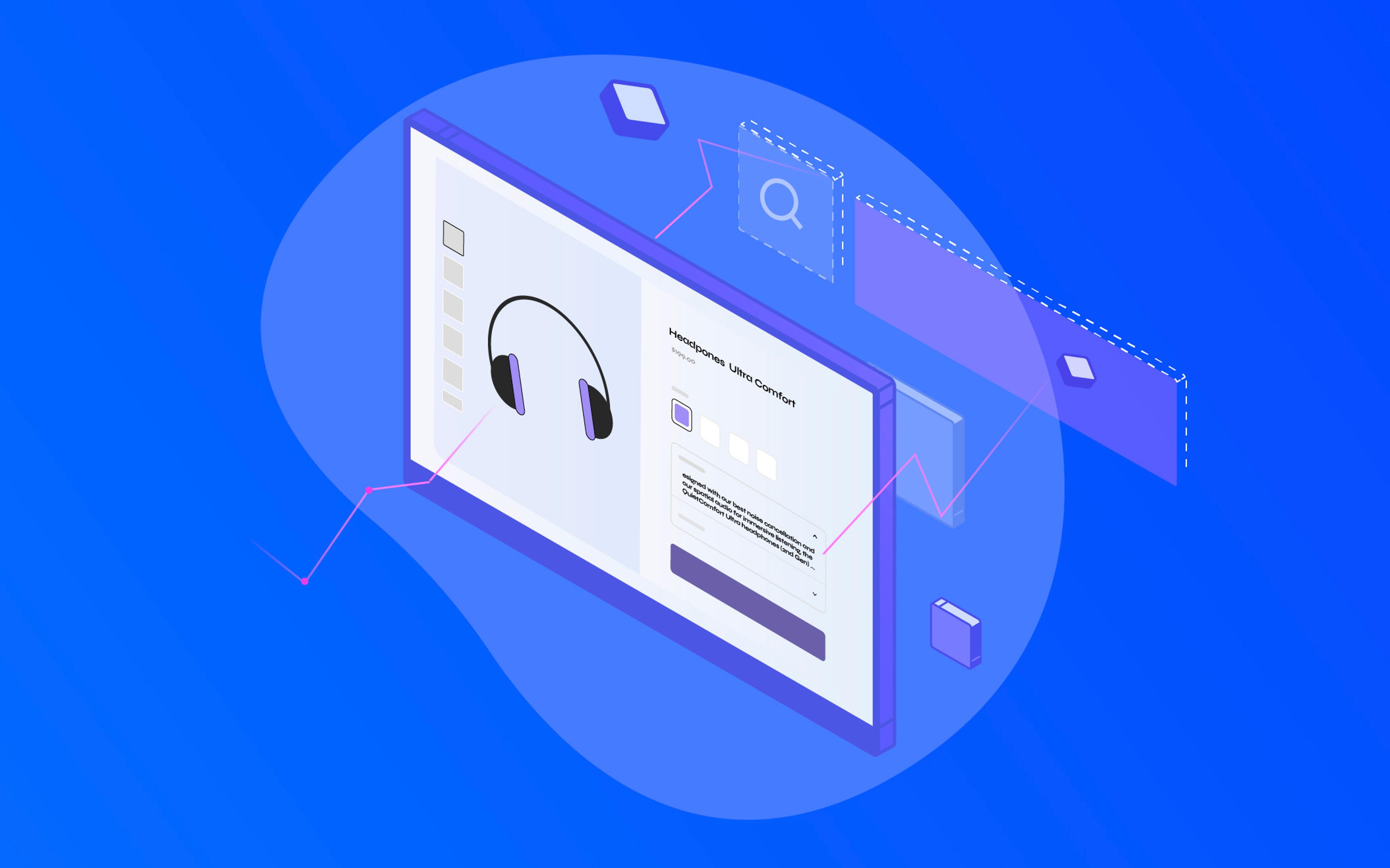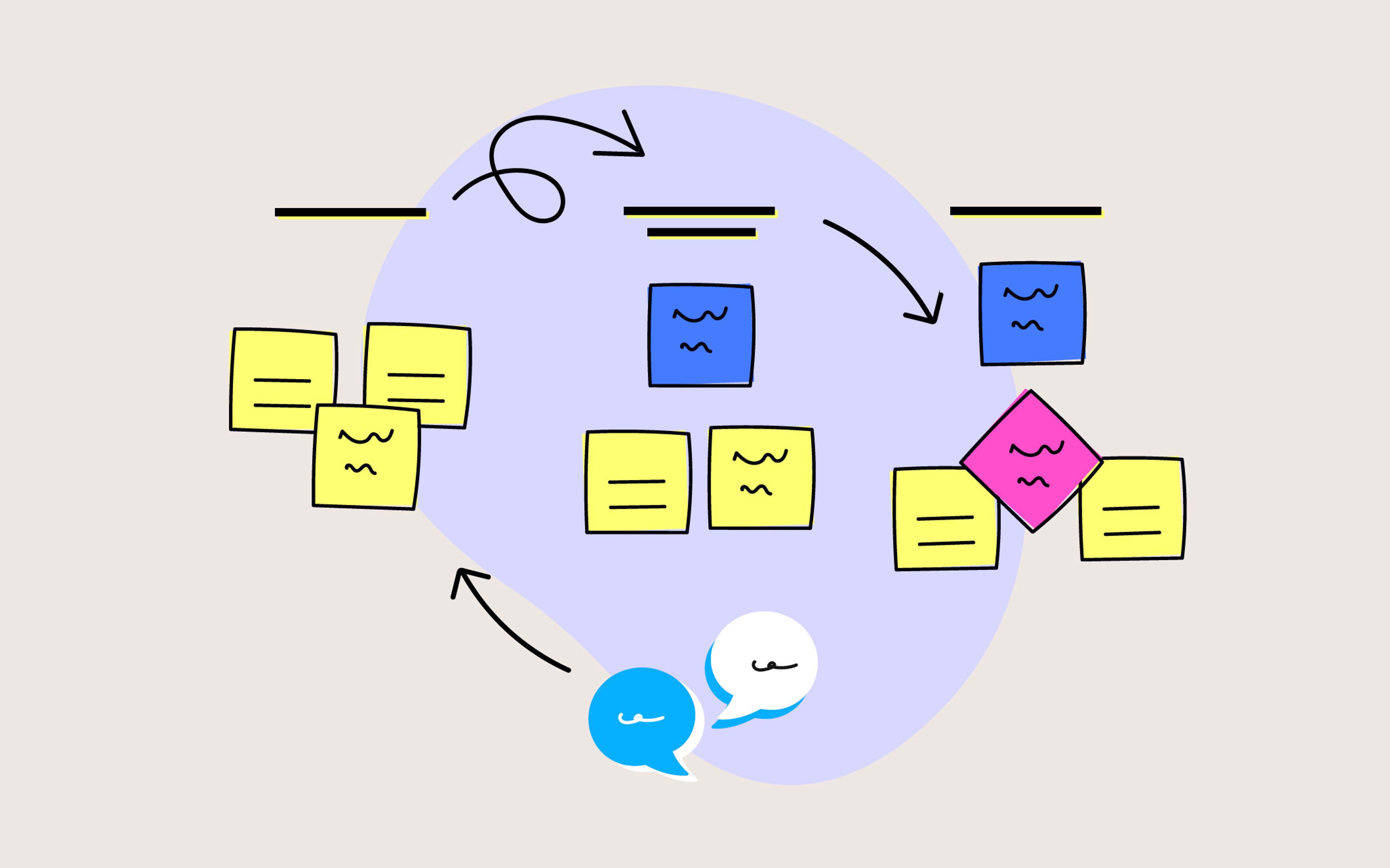Replatforming is one of those moments that can either unlock a step-change in organic growth—or erase years of SEO equity overnight.
A new commerce stack can improve speed, flexibility, and long-term maintainability. It most likely also breaks URL structures, buries content, and confuses search engines at scale. A 20–40% traffic dip in the first months after launch isn’t unheard of when fundamentals are missed, and the revenue impact can be painful. The upside, though, is equally real: treat SEO as a first-class citizen throughout the migration and you can come out with faster pages, cleaner architecture, and a stronger growth engine than you started with.
As we repeat as a mantra, and it applies to every aspect of a migration, especially with SEO, to try to change as few things as possible during the migration, and patiently wait until the improvements are easy and safe to implement.
This guide blends hard-won lessons from complex e-commerce migrations with practical checklists you can use right now. We’ll cover the technical foundations and the organizational dynamics that make or break replatforms. Because SEO fails less often in code editors than in project plans.
Pre‑Migration Audit & Benchmarking
Establish a Baseline Before You Move Anything
If you can’t describe exactly how your site performs today, you can’t diagnose what changed tomorrow. Start with a thorough SEO audit and a shared benchmark doc that the stakeholders agree to protect.
At minimum, benchmark:
- Traffic & revenue baselines: Segment by channel (organic/non-brand vs. brand), device, market, and key templates (home, category/PLP, product/PDP, content hubs, blog, help center). Tie organic sessions to revenue where possible.
- Rankings and visibility: Track head terms and long-tail queries per template, Capture average ranks and note which terms drive conversions.
- Crawl data & index footprint: Export from your crawler and Google Search Console. Inventory indexable vs. non-indexable pages, canonicalized duplicates, parameterized URLs, pagination, and index bloat.
- Top-performing pages and link equity: Identify the top 10–20% of URLs that drive 80% of organic value. Map internal links to these pages and log external links you must preserve.
Document technical debt you plan to fix on the new stack: render-blocking scripts, slow templates, thin content, overlapping intent, and legacy parameters. Include dates on every report to ensure post-launch comparisons are apples-to-apples.
URL Mapping & Redirect Strategy
One-to-One Redirects Are Non‑Negotiable
Your URL structure is your site’s skeleton. Change it without a precise redirect plan and the body collapses. For any URL that changes, implement one-to-one 301 redirects from the old canonical to the new canonical. Avoid chains and loops; every additional hop dilutes signals and slows users down.
Homepage and category dumps are rank-killers. Blanket-redirecting old PDPs to the homepage (or to their parent category) is a fast path to irrelevance. Search engines treat irrelevant redirects like soft 404s—you don’t preserve equity, and users bounce because intent isn’t met.
Practical Tips for Redirect Excellence
- Build the map early. Start from your top-value URLs and work down. Include query parameters that resolve to unique content (e.g.,
/size=xlmay be ignorable;/color=navymay map to a canonical color page if that’s how your new platform works). - Normalize everything. Decide on trailing slashes, case sensitivity, and default file extensions. Enforce consistently to prevent duplicate paths.
- Keep UTMs safe. When implementing your redirects, be sure you are not removing UTMs (or any other query params) from the URLs, otherwise you might compromise attribution tracking.
- Test before launch. Validate your redirect file in staging with a crawler. Check for 200/301/404 distributions, chains, loops, and relevancy (old product → closest new product or guide).
- Deploy at the edge. If possible, run redirects at your CDN/edge layer for speed and reliability.
Treat Content as the Oxygen of SEO
During migrations, content gets “cleaned up” or rewritten. That can be good—but accidental pruning is common. Titles, H1s, product descriptions, and alt text are easy to strip when templates change. Structured data is often left behind or auto-generated with gaps. If there are content mistakes that can be addressed along with the migration, stop doing it and take a note for later. Again, it’s better not to change too many things together; otherwise, it will be hard to understand where SEO issues originate.
What to Preserve—and Improve
- Metadata parity: Ensure title tags, meta descriptions, H1s, and canonical tags carry over. Where templates change, confirm variables resolve correctly (e.g., brand + model + key attribute).
- On-page copy and attributes: Preserve unique product copy, comparison tables, FAQs, and reviews. Standardize units and naming conventions to avoid duplicate content from near-identical variants.
- Media and alt text: Maintain image URLs where feasible, or redirect them. Keep descriptive alt text for accessibility and image search.
- Structured data: Recreate JSON-LD for Product, Breadcrumb, Review, Article, FAQ, and Organization. Validate with Google’s Rich Results Test and ensure parity with visible content.
Manual review is mandatory. Pick the top 50–200 URLs by organic value across templates and review them page-by-page in staging. Look for lost copy chunks, missing schema, and new UX that hides or defers critical information. If something feels “lighter,” it probably is.
Technical Considerations
Replatforming Is a Chance to Upgrade, Not Just Replicate
Perfect preservation isn’t realistic. Your new platform will bring its own SEO opinions, often better than what you had before, and some of them are non-negotiable. Shopify’s URL structure, as an example, is fixed. That’s not a threat; it’s a constraint you can leverage. Treat these standards as a built-in upgrade path: use the move to clean up crawl paths, modernize rendering, and lift Core Web Vitals where possible. The key here is balancing touching only things that have a real impact or are in a no-risk zone. Some examples:
Robots & index controls:
- Align noindex and canonical rules to your new architecture. If you consolidate filters or change pagination, update rel=“prev/next” strategies and canonicals accordingly.
Sitemaps:
- Generate clean, modular XML sitemaps (≤50k URLs per file) by template and locale. Exclude noindex/redirecting/404 URLs. Host them on the primary host and reference them in
robots.txt.
Rendering & performance:
- Prefer SSR or SSG for content-critical templates; hydrate interactivity progressively. Ensure your SPA routes are indexable and expose canonical, meta, and schema on initial HTML;
- Use the migration to improve Core Web Vitals. Compress and lazy-load media, reduce JS bundle size, and adopt modern image formats. Measure template-by-template rather than sitewide averages.
Internationalization:
- If you operate in multiple locales, validate
hreflangacross the new structure. Misaligned language-region pairs or missing return tags can throttle international visibility.
Pre‑Launch Testing
Treat Staging Like Google
Your staging environment is where good intentions meet reality. Crawl it with enterprise-grade tools and with Googlebot-like settings. The goal: catch anything that could impair discovery, understanding, or measurement.
In Shopify, crawling a store has been historically a problem, as the platform was failing to distinguish genuine and controlled crawls and malicious bots. They recently released an update to allow SEO specialists to use Web Bot Auth to authorize tools to crawl the website and complete audits.
What to QA before launch:
- Canonical tags: Are they self-referential and stable? Watch for environment URLs sneaking into canonicals.
- Meta and headers: Confirm
noindex,nofollow, and caching headers are correct by template. - Structured data: Validate JSON-LD at scale. Check Product offers/prices/availability match the page.
- Internal links: Ensure navigation, breadcrumbs, related products, and in-content links point to production paths (not staging) and use consistent trailing slash rules.
- Pagination & filters: Verify canonical strategies and indexability of facets. Decide which filters deserve indexation and which should be
noindex. - Analytics & tags: Confirm GA/GTM (or your stack), conversion events, and ecommerce schema fire correctly. Deduplicate events to avoid inflated revenue.
- Sitemaps & robots: Generate production sitemaps from staging, then disable staging in
robots.txt. Dry-run the productionrobots.txtto avoid surprises.
Post‑Launch Monitoring
The First 4–6 Weeks Are the Danger Zone
Launch day isn’t the finish line; it’s when the real work begins. Search engines will revisit, recrawl, and reinterpret your site. Tiny issues can compound into big problems if you’re not watching closely.
Daily (and weekly) checks:
- Crawl errors: Monitor 404/5xx spikes in logs and Search Console. Prioritize legacy URLs with external links.
- Redirect health: Watch for chains and high-latency routes. Patch mismapped redirects quickly.
- Indexation & coverage: Track valid vs. excluded pages. Investigate sudden swings in “Duplicate, Google chose different canonical” or “Crawled – currently not indexed.”
- Rankings & traffic: Compare to pre-migration baselines by template and market. Watch non-brand first—brand often masks issues.
- Sitemaps: Ensure new URLs are submitted and rising in “Indexed” count. Remove retired sitemaps.
- Core Web Vitals: Check for regressions by template. Tracking scripts and A/B tools often bloat JS unexpectedly.
Ongoing Optimization
The Migration Is the Beginning of a New SEO Cycle
With the new stack live, resist the temptation to “set and forget.” The best-performing teams set a 90-day post-launch roadmap to convert the migration into momentum.
Focus on:
- Internal linking refinement: Use crawl and click data to push equity toward high-value pages—new collections, seasonal hubs, or evergreen guides. Revisit nav and breadcrumbs with real user behavior.
- Backlink reclamation: Outreach to update important external links that still point to redirected URLs. Every updated link removes a hop and strengthens relevance.
- Content re-optimization: Compare pre- and post-launch rankings. Refresh thin or underperforming pages. Expand FAQs based on emerging queries. Build content around new capabilities the platform unlocks (e.g., better comparison components or dynamic bundles).
- Schema enrichment: Add missing structured data types and test eligibility for new SERP features.
- Technical hardening: Keep pruning parameter cruft, improve caching, and continue shrinking JS. Treat Core Web Vitals budgets as part of your web performance SLOs.
Final Takeaway: Paranoia and Precision Protect SEO
Replatforming is equal parts engineering project and change-management exercise. The teams that win keep SEO at the table from discovery to post-launch, blend caution with ambition, and treat baselines as a contract with the business. Precision in redirects, content parity, and technical configuration prevents avoidable losses. Paranoia—healthy skepticism and relentless verification—catches the edge cases that otherwise compound.
Most importantly, view replatforming as the start of a stronger SEO engine. Take advantage of all these tasks to clearly understand what’s needed to fix crawl waste, speed up templates, consolidate content, and build richer experiences once you are on the other side. Done right, you won’t just protect your rankings—you’ll future‑proof your visibility and open new lanes for growth.
If you’re planning a replatform or recovering from one and want an experienced partner to guide the process, let’s talk: https://nebulab.com/contact.



